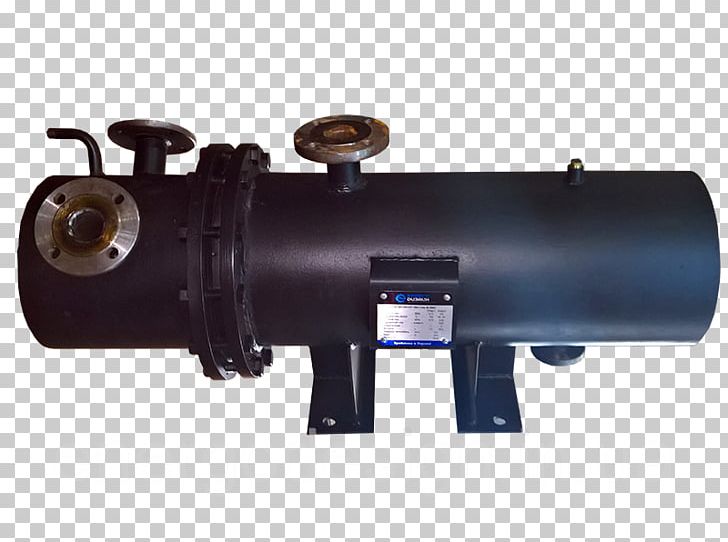
For people outside of the industrial steam industry, a deaerator might not be something that is commonly known. It is hard to spell, even harder to pronounce, but it is nonetheless an extremely important and necessary part of the industry. Obviously, those in the steam industry are well-versed in what a deaerator is, but for the uninitiated there is much to learn. Do not fret if this includes you, as you are almost certainly not alone. If you would like to know more about deaerator pumps and what they do, then read on:
Boilers
To understand deaerators, you must first understand how a boiler works. In a closed system that is absent of any contact with the atmosphere, boiler feedwater is turned to steam while inside a large drum, and this steam is then put into a condenser, and then into the deaerator where it repeats the process continuously. This process has been used to create energy and power various machines for quite some time now.
Deaerator
The deaerator itself it was allows the process to repeat itself. During the process of turning into steam, moving through the boiler, and then turning back into liquid, the feedwater becomes contaminated by excess oxygen. While this might not sound too bad, anyone with a decent knowledge of chemistry will remember that excess oxygen can oxidize metals. This can certainly happen within a boiler, and this oxidization can lead to a corrosion of the boiler itself, leading to weak parts in the metal it is composed of.
Breakdown
When parts of a boiler become corroded from too much oxygen, the weakened areas can either crumple or rupture, leading to a complete breakdown of a boiler. Not only can this cause disruption in assembly lines and production, the actual breakdown itself can have dangerous and catastrophic results. All in all, deaerator pumps are incredibly important.